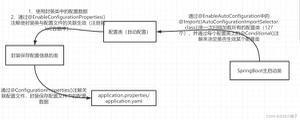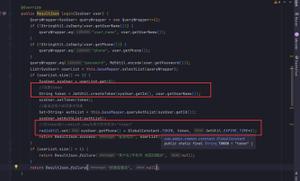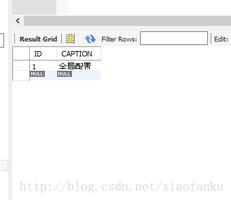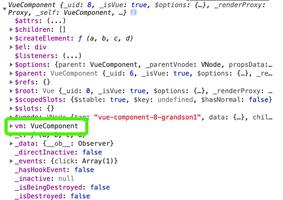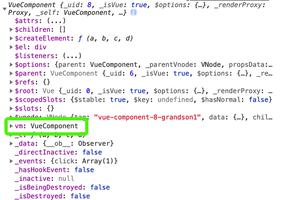Spring 依赖注入(DI) 的三种方式 和 对集合类型的注入
本文内容纲要:Spring 依赖注入(DI) 的三种方式 和 对集合类型的注入
// 分别省略了getter setterpublic class Student {
private String name;
private int age;
private Teacher teacher;
}
public class Teacher {
private String tno;
private String name;
}
<bean id="teacher" class="com.DO.Teacher">
<property name="tno" value="123"></property>
<property name="name" value="ls"></property>
</bean>
1、set方式注入(利用反射):
<bean id="student" class="com.DO.Student"> //调用类的无参构造器 <property name="name" value="zxf"></property> // 调用对应属性的set方法
<!-- <null/> 给属性赋 null
<property name="name">
<null/>
</property> -->
<property name="age">
<value>22</value>
</property>
<property name="teacher" ref="teacher"></property>
</bean>
注意:
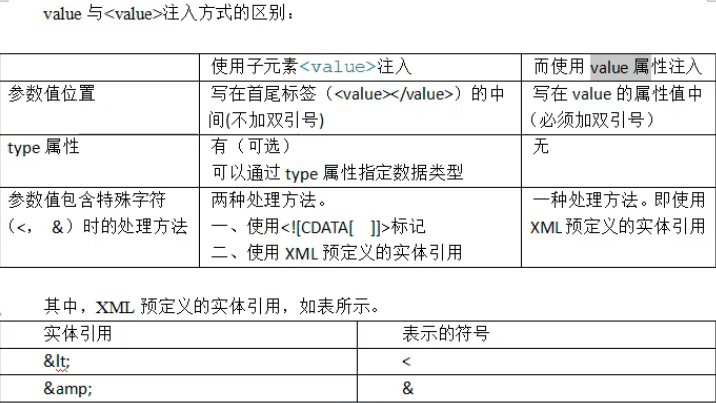
2、通过构造器注入:
<bean id="student" class="com.DO.Student"> <!-- 根据参数的个数 会去调用相应的构造器 也可以通过索引指定 index 从0开始 也可以通过name指定参数名 或者指定参数的类型type -->
<constructor-arg value="zs"></constructor-arg>
<constructor-arg value="23"></constructor-arg>
<constructor-arg ref="teacher"></constructor-arg>
</bean>
3、p命名空间:
引入p命名空间:
xmlns:p="http://www.springframework.org/schema/p"
<bean id="student" class="com.DO.Student" p:name="zs" p:age="22" p:teacher-ref="teacher"></bean>自动装配:
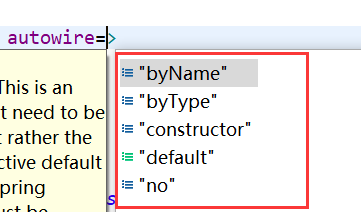
byName:属性 与 bean的id 相同就自动装配
byType:属性 与 bean的类型(class="") 相同就自动装配
可以把所有的bean都设置成自动装配: 在命名空间里添加: default-autowire="defalut"
自动装配会减少代码量,但是胡降低可读性
<bean id="student" class="com.zxf.DO.Student" autowire="byName"> <property name="name" value="zs"></property>
<property name="age" value="22"></property>
<!-- 自动装配: 如果 该bean的属性 与 某个bean的id相同就会自动装配 student的teacher属性 与 id="teacher" 相匹配
byName 的本质是 byId
-->
</bean>
SpringIOC容器负责创建Bean
依赖注入:set方式注入: 把属性值注入给属性,把属性注入给对象。
通过构造器注入:调用相应的构造器,然后把value值注入进去。
p命名空间: 即使用p命名空间注入属性值。
控制反转:反转了用户获取对象的方式,从new (创建) --> get(直接拿)
对集合类型的注入:
// 省略了对应的getter setterpublic class ALLCollection {
private List listElement;
private String[] arrayElement;
private Set setElement;
private Map mapElement;
private Properties propsElement;
}
<bean id="collection" class="com.zxf.DO.ALLCollection">
<property name="listElement">
<list>
<value>list苹果</value>
<value>list香蕉</value>
</list>
</property>
<property name="arrayElement">
<array>
<value>array苹果</value>
<value>array香蕉</value>
</array>
</property>
<property name="setElement">
<set>
<value>set苹果</value>
<value>set香蕉</value>
</set>
</property>
<property name="mapElement">
<map>
<entry>
<key><value>map1</value></key>
<value>map苹果</value>
</entry>
<entry>
<key><value>map2</value></key>
<value>map香蕉</value>
</entry>
</map>
</property>
<property name="propsElement">
<props>
<prop key="prop1">prop苹果</prop>
<prop key="porp2">prop香蕉</prop>
</props>
</property>
</bean>
本文内容总结:Spring 依赖注入(DI) 的三种方式 和 对集合类型的注入
原文链接:https://www.cnblogs.com/DDiamondd/p/11398678.html
以上是 Spring 依赖注入(DI) 的三种方式 和 对集合类型的注入 的全部内容, 来源链接: utcz.com/z/296029.html



